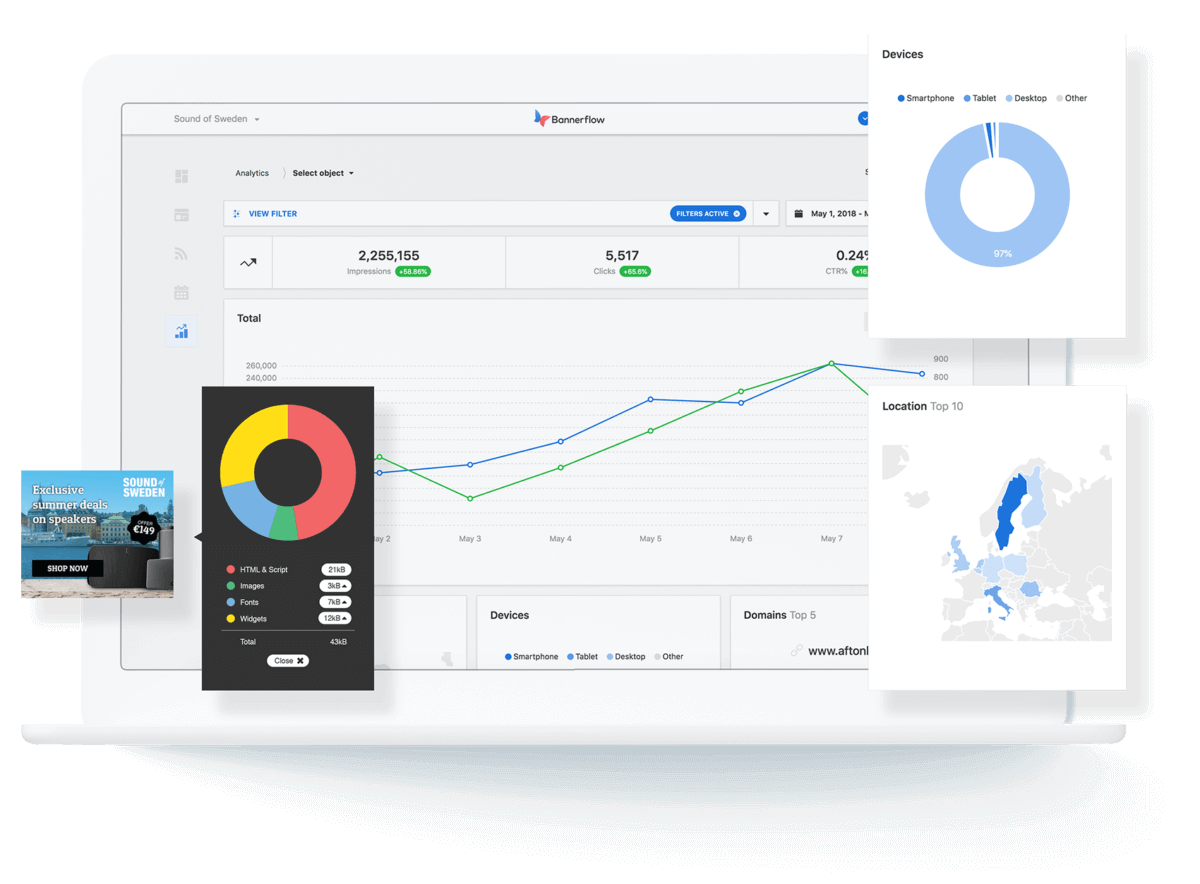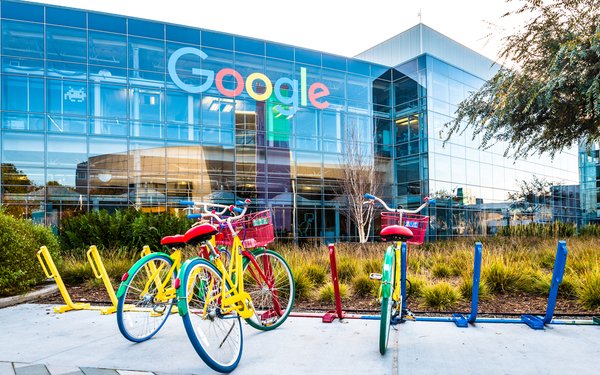By Joshua Nite
Scene from a dinner party:
“So, Josh, what do you do?”
“I’m in marketing.”
“Oh, like Mad Men? Ad campaigns and stuff?”
“No, it’s content marketing.”
“Oh, like the Wendy’s Twitter account?”
“…Sure… like that.”
I’ve had variations on the above conversation more times than I can count. I’ll usually leave it at “Wendy’s Twitter account” in the interest of changing the subject. No one has the patience for, “I write business-to-business content designed to help people do their jobs better, which also builds affinity for a client brand, with the end goal of influencing purchase decisions.”
So most people think I just write fun stuff all day, that it’s a purely creative job. But my fellow B2B marketers know better. Content marketing requires an incredibly diverse set of skills, and “innate writing ability” isn’t even the most important one.
Most people think I just write fun stuff all day, that it’s a purely creative job. But as my fellow #B2B marketers know, #contentmarketing requires a diverse set of skills. @NiteWrites Click To Tweet
Here’s my list of must-have B2B content marketing skills. If you’re looking to get into the career, fill out your team, or, say, hire a marketing agency, keep these in mind.
12 Must-Have B2B Content Marketing Skills
This list is divided into two categories: The “hard skills” that you learn through instruction, and the soft skills that rely more on personal development and human interaction.
Four Hard Skills
#1 – Search Engine Optimization
You don’t have to be a SemRushin’, Google Analytics wizard to be a content creator and strategist. But creating great content does require a solid understanding of modern SEO practices. You should know how to understand search intent, dig into ambiguous keywords, and create best-answer content that meets search demand.
#2 – Social Media Marketing
You may have a dedicated social media person or team, but content marketers should still know how to create compelling B2B social posts that attract attention without breaking the brand voice. You should be up to date on what type of content performs best on each platform.
#3 – Influencer Marketing
Content marketers should know how to co-create content with influencers. That means writing a framework that allows for collaboration, asking the right questions to guide influencer responses, and even conducting intelligent interviews. Content marketers’ expertise makes all the difference in the resulting content feeling cohesive and compelling.
#4 – Measurement
Measurement is what turns content into content marketing. Content marketers should be able to strategize, create goals and metrics that match them, track progress, and ultimately optimize over time.
Eight Soft Skills
#1 – Empathy
The heart and soul of any content marketing is empathy. You have to be able to take the customer’s perspective and make a human connection. Empathy is even more important in B2B content, because it keeps the content focused on people.
It’s easy to lose the human connection when you’re writing about container-based software-as-a-service platforms. That empathy for the people, the buyer, the end user, should be what drives the content.
That empathy for the people, the buyer, the end user, should be what drives the content. @NiteWrites Click To Tweet
#2 – Creativity
I would argue B2B content requires even more creativity than B2C. The difference is having to work within strict limitations. Big B2B brands have whole departments concerned with brand reputation, brand voice, standards and practices, approved image libraries and fonts… Content creators have to produce something eye-catching and meaningful without breaking any of these limitations. And they have to know when it makes sense to push the boundaries.
#3 – Communication
The success of B2B content depends on explaining complex concepts in simple terms. You may know all the ins and outs of your solution, but odds are your audience won’t. Clear, jargon-free, conversational writing that offers value is the only way to succeed.
#4 – Organization
This skill is important for any B2B marketer, but especially if you work at an agency. We’re working on a dozen different clients at any one time, each with multiple assets in various stages of development. Without organizational skills, it would be impossible to get everything done on time (even with a dedicated project manager on staff).
#5 – Motivation
I read recently about a man who had been on the payroll of a major corporation for over a year without ever doing any work. Seriously. Somewhere between restructuring and management turnover, he simply got separated from responsibility without losing his salary.
That won’t ever happen for a B2B content marketer. There’s nowhere to hide: We’re responsible for concrete, quantifiable, and quality deliverables. There’s no such thing as slacking off, and there’s no such thing as writer’s block. The ability to push past obstacles, buckle down and get the work done is vital.
#6 – Confidence
Part of the job description is defending and explaining your work to stakeholders. For an agency, that includes account managers and clients. For a marketing department, that might include the executive suite, too. B2B content marketers need the (justified) confidence to advocate for content and approach they know will be effective.
#7 – Humility
The flip-side of confidence is the ability to put the content ahead of one’s individual ego. B2B content is bound to go through layers of review, with each stakeholder adding their own critique and suggestions. Humility means that you can take in constructive criticism and apply it with an eye toward producing the best content possible. While confidence is key, knowing your way doesn’t have to be the only way is equally important.
#8 – Collaboration
Finally, B2B content marketing is a team sport. It’s not about making a name for yourself — you have blog posts for that. It’s about partnering across areas of specialty to create something stunning. I found that my content got even better when I involved the design team from the start, for example. Working closely with design, SEO, influencer and social specialists only makes the work better. Here’s a shot of the gang I get to work with every day:
B2B Content Marketing Is a Game of Skill
I’ll admit it: Before I got into the field, I thought content marketing was just getting paid to write all day. Now I know there’s a lot more to the job than just filling buckets with prose. Content marketers are writers, strategizers, empathizers, collaborators, and so much more.












